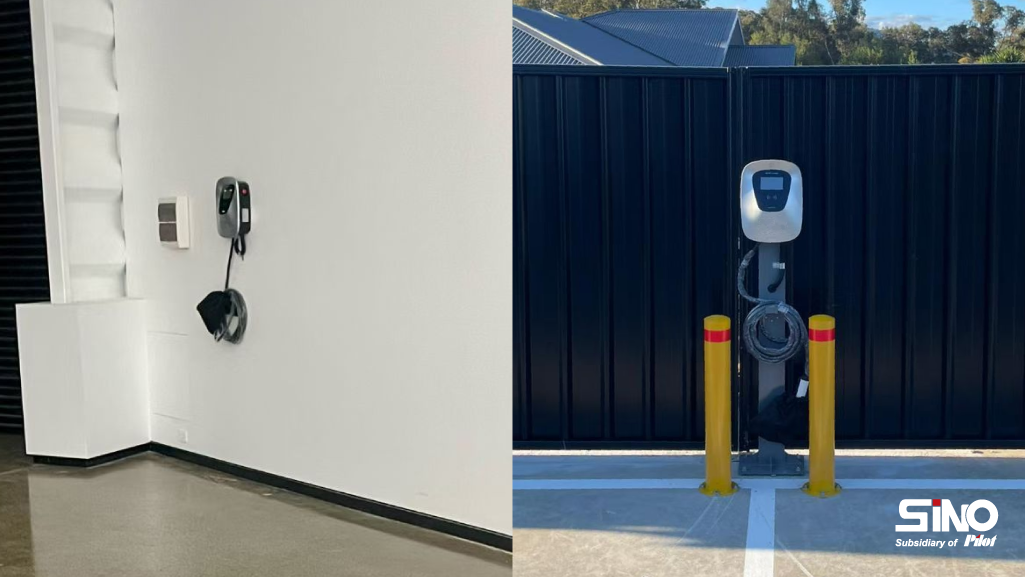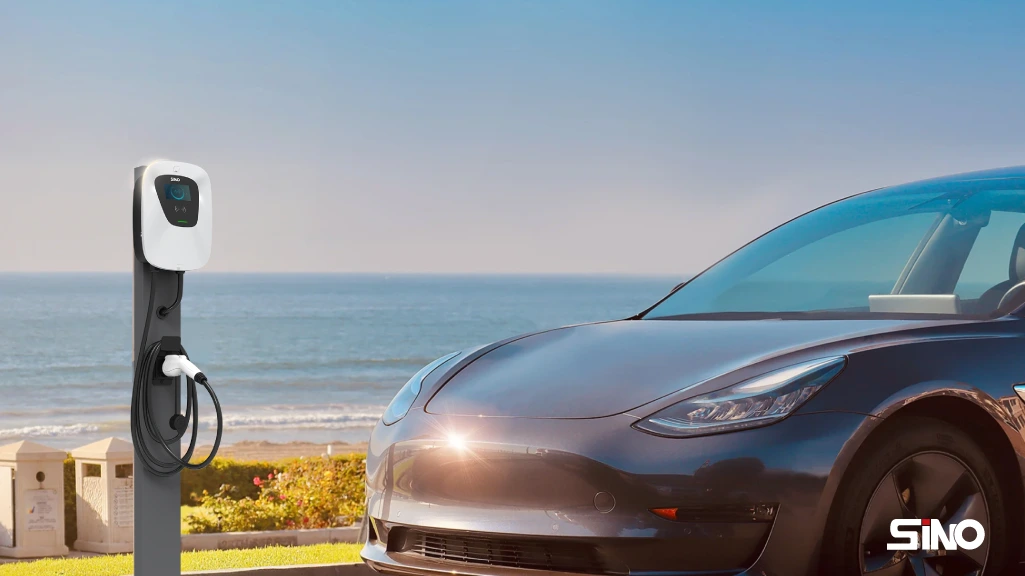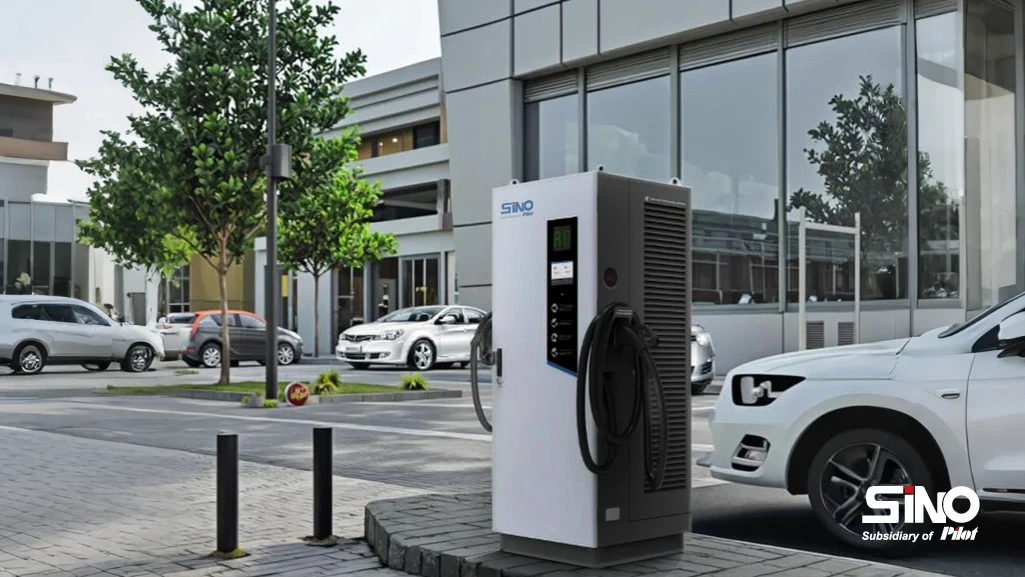Introduction
The electric vehicle revolution isn’t coming-it’s already here. With 40% of new cars sold globally projected to be electric by 2030, the demand for charging infrastructure is skyrocketing. Yet, supply lags far behind, creating a golden opportunity for entrepreneurs. In this guide, we’ll break down 3 lucrative EV charging business models, complete with real-world examples and revenue strategies to help you stake your claim in this $100B+ market.
Model 1: Subscription–Based Charging Network
Overview & How It Works
Under a subscription model, drivers pay a recurring fee monthly or annually for unlimited or discounted access to your charging stations. This model mirrors popular software-as-a-service (SaaS) pricing in the tech world, providing predictable revenue streams and stronger customer retention.
Key Benefits
Predictable Revenue: Recurring fees ensure stable cash flow and simplify financial forecasting.
Customer Loyalty: Subscribers are incentivized to prefer your network over competitors.
Simplified Billing: Flat fees reduce transaction complexities and payment processing overhead.
Implementation Steps
Define Tiers: Offer basic, standard, and premium plans with varying charging speeds and usage caps.
Integrate Billing Platform: Choose a subscription management system (e.g., Stripe Billing).
Promote Early–Bird Rates: Launch with discounted inaugural rates to build initial membership.
Real–World Example
ChargePoint’s membership program grew to over 100,000 subscribers within two years by offering tiered access and free roaming on partner networks.
Revenue Forecast
A network with 1,000 subscribers at $30/month generates $360,000 in annual recurring revenue-before up-selling value-added services.

Model 2: Pay–Per–Use / Transaction Fee Model
Overview & Pricing Mechanics
Drivers are charged per kWh consumed, per session, or per minute. This model attracts infrequent users and tourists who prefer “pay as you go” without commitment.
Key Benefits
Low Entry Barrier: No upfront fees entice first time users.
Usage Transparency: Customers pay exactly for what they consume.
High Scalability: Easily add new stations without recon figuring subscription tiers.
Technology Requirements
Smart Charging Software: Real time energy metering and dynamic pricing.
Mobile App Integration: Instant invoicing and digital payment options.
Roaming Agreements: Allow users to access partner networks with seamless billing.
Case Study
EVgo’s per-session pricing model led to a 25% increase in non-member usage, compensating for lower per-kWh margins with higher volume.
Pricing Optimization Tips
Implement peak/off-peak rates to balance grid load.
Offer first-session discounts to convert pay-per-use riders into subscribers.

Model 3: Value–Added Services & Partnerships
Overview
Beyond charging fees, operators can generate revenue through:
Advertising: Digital screens at charging bays.
Retail Tie–Ins: On-site cafés or convenience stores.
Energy Storage & Grid Services: Aggregating station batteries for demand response.
Key Benefits
Diversified Income: Reduces dependence on charging fees alone.
Higher Margins: Non-charging services often yield better profitability.
Strategic Alliances: Partnerships foster co-marketing and revenue-share deals.
Partnership Opportunities
Retailers: Host charging stations in supermarket parking lots for mutual foot traffic boost.
Utilities: Sell grid-balancing services using behind-the-meter EV batteries.
Success Story
Tesla’s Supercharger stations often feature branded coffee shops and convenience kiosks, leveraging high dwell times to bolster non-charging revenue by up to 40%.
Scaling Strategies
Bundle charging + cafe voucher packages.
Launch loyalty programs that reward charging sessions with partner discounts.

Pros & Cons Summary:
Subscription: Great for stable income, but requires critical mass to cover fixed costs.
Pay–Per–Use: Easy to launch, but revenues fluctuate with usage patterns.
Value–Added: Highest margins, yet demands stronger operational complexity and partnerships.
Implementation Roadmap
- Market Research: Analyze local EV demographics and charging behaviour.
- Regulatory Review: Secure permits, grid interconnection, and safety certifications.
- Pilot Launch: Test one station under your chosen model to refine pricing and operations.
- Marketing Campaign: Leverage digital ads, influencer collaborations, and local utility partnerships.
- Scale & Optimize: Use data analytics to tweak pricing, uptime, and service offerings.
Conclusion
Selecting the right business model is pivotal in capitalizing on the electric mobility revolution. Whether you prefer the recurring revenue of a subscription model, the flexibility of pay-per-use, or the high margins of value-added services, each approach can be adapted to your market and resources. Evaluate your customer base, operational capacity, and long term goals then choose the model that aligns best.
FAQs
How much does it cost to start an EV charging station?
Initial investment ranges from $10,000 for a basic Level 2 charger to $100,000+ for a DC fast charging station, excluding installation and grid upgrades.
Which model is best for small operators?
Pay-per-use is ideal for small operators due to low upfront commitment and ease of deployment.
How do I measure ROI on my charging network?
Track metrics such as utilization rate, average revenue per user (ARPU), and customer acquisition cost (CAC) to calculate payback period and internal rate of return (IRR).
Do I need a license to operate EV chargers?
Varies by region; most require electrical permits and ISO, CE, TUV, UL certification.
Our Social
Facebook: www.facebook.com/sinoevc
Instagram: www.instagram.com/sinoevc
Linkedin: www.linkedin.com/company/sinoevse
Youtube: www.youtube.com/@sinoevc
Twitter: www.twitter.com/sinoevc

“Charging for A Better Life”
—Zhuhai Sino Energy Technology Co.,Ltd.
















